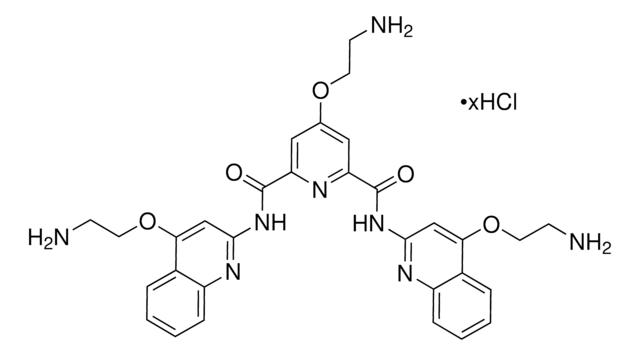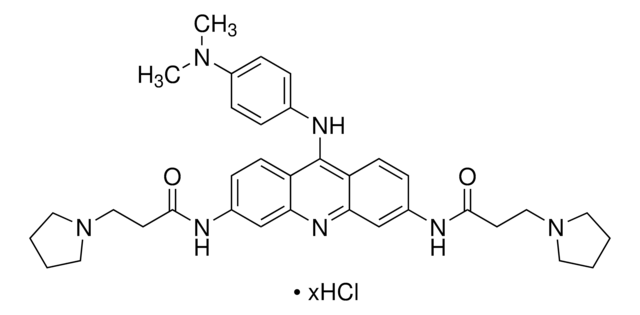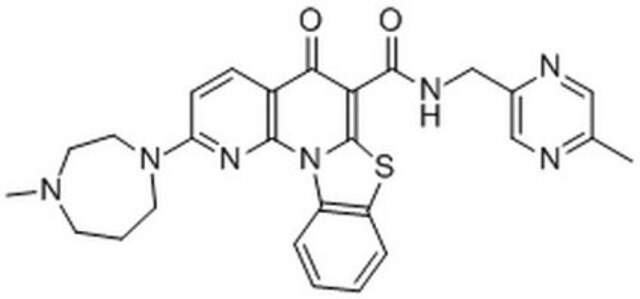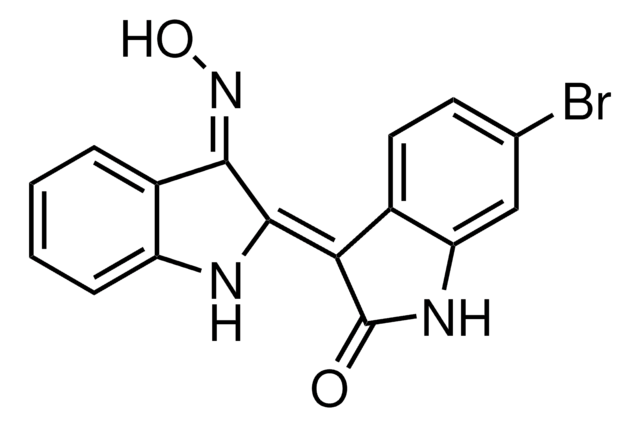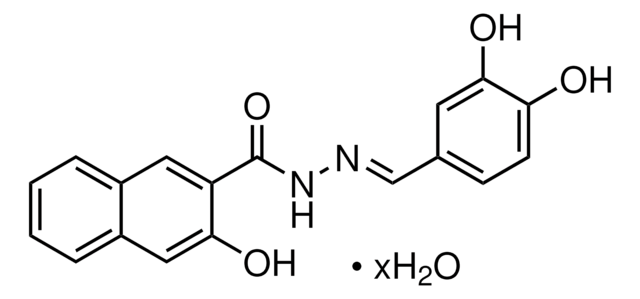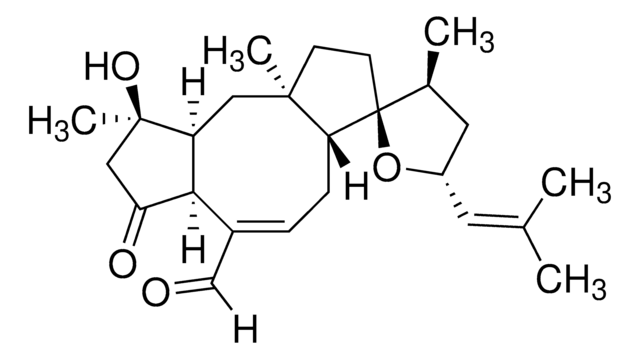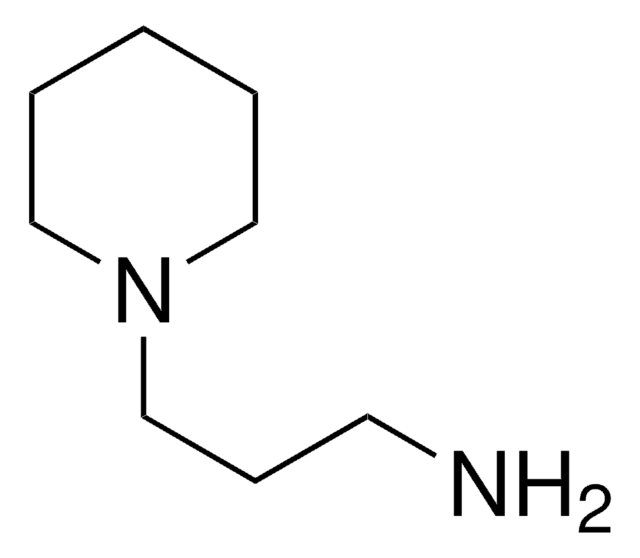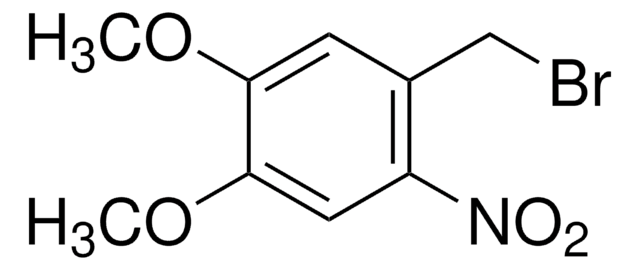SML2298
PhenDC3
≥97% (HPLC), powder, G-quadruplex ligand
Synonyme(s) :
3,3′-[1,10-Phenanthroline-2,9-diylbis(carbonylimino)]bis[1-methylquinolinium] 1,1,1-trifluoromethanesulfonate (1:2), Phen DC3, Phen-DC(3), Phen-DC3
About This Item
Produits recommandés
product name
PhenDC3, ≥97% (HPLC)
Pureté
≥97% (HPLC)
Forme
powder
Couleur
white to beige
Solubilité
DMSO: 2 mg/mL, clear
Température de stockage
2-8°C
Chaîne SMILES
O=C(NC1=CC2=CC=CC=C2[N+](C)=C1)C3=CC=C4C=CC5=CC=C(N=C5C4=N3)C(NC6=CC7=CC=CC=C7[N+](C)=C6)=O.O=S([O-])(C(F)(F)F)=O.O=S([O-])(C(F)(F)F)=O
Application
- as a quadruplex (G4) ligand to study its effects on the binding of RNA quadruplex (rG4) to nucleolin (NCL)
- as a DNA/RNA G-quadruplexes (GQs) ligand to study its effects on the expression of double homeobox 4 (DUX4) gene
- as a G4 ligand to study its stability and selectivity towards pre-miR-92b rG4 complex and duplex DNA by fluorescence resonance energy transfer (FRET)-melting assay
Actions biochimiques/physiologiques
Code de la classe de stockage
11 - Combustible Solids
Classe de danger pour l'eau (WGK)
WGK 3
Point d'éclair (°F)
Not applicable
Point d'éclair (°C)
Not applicable
Certificats d'analyse (COA)
Recherchez un Certificats d'analyse (COA) en saisissant le numéro de lot du produit. Les numéros de lot figurent sur l'étiquette du produit après les mots "Lot" ou "Batch".
Déjà en possession de ce produit ?
Retrouvez la documentation relative aux produits que vous avez récemment achetés dans la Bibliothèque de documents.
Les clients ont également consulté
Notre équipe de scientifiques dispose d'une expérience dans tous les secteurs de la recherche, notamment en sciences de la vie, science des matériaux, synthèse chimique, chromatographie, analyse et dans de nombreux autres domaines..
Contacter notre Service technique
